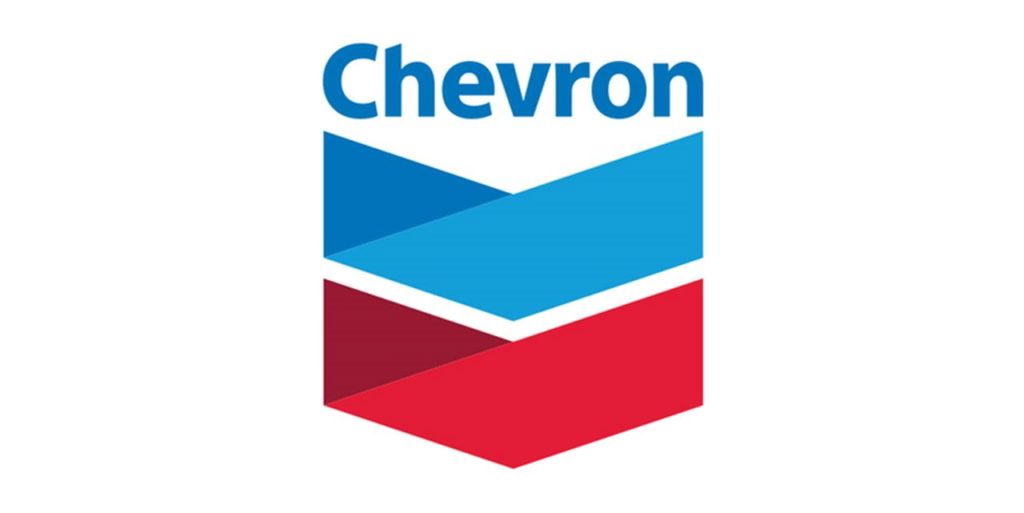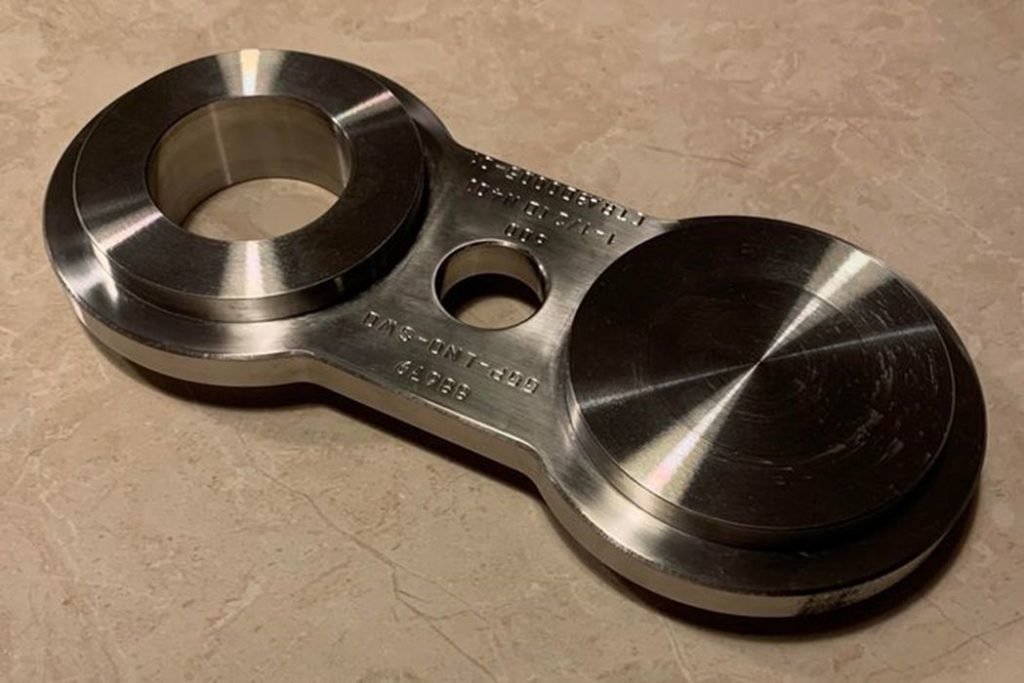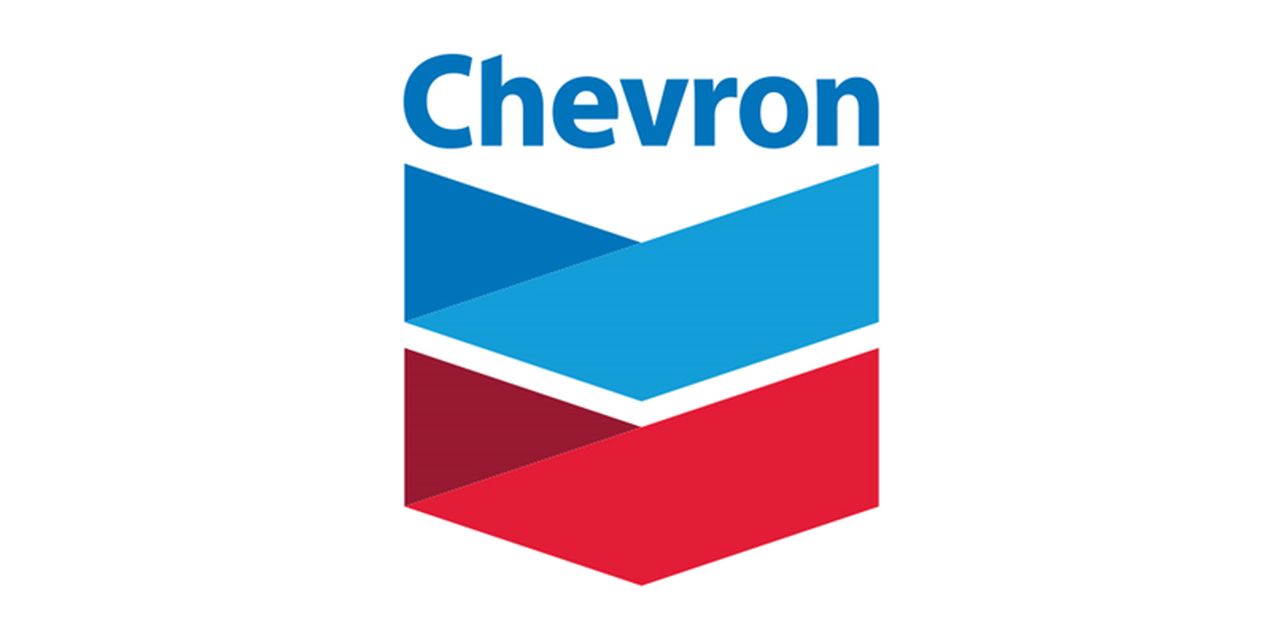
Charles R. Goulding and Preeti Sulibhavi describe recent mass media attention given to 3D printing technology.
On November 12, 2021, a Wall Street Journal (WSJ) article reported that Chevron has recently had a very positive experience with 3D printing. Due to potential supply chain issues, Chevron feared a lack of parts (and costly delays) and teamed up with AdditiveNow to utilize 3D printing technology. Chevron manager, Robert Rettew, said:
“We’ve learned a lot from those parts…we’ve shown that this flexible, right part, right time digital supply chain approach can be successful, and it can meet our needs.”
This is an important event on two levels.
Mainstream Media Recognition
The WSJ is the world’s leading business daily and has increasingly been reporting on 3D printing matters. The WSJ has 3.2 million subscribers and is part of Dow Jones, which has 4 million total subscribers for its media properties and also includes Barron’s and Market Watch. Historically, most 3D printing news has been reported in technical media and leading 3D printing blogs like Fabbaloo, not mainstream media. This demonstrates that the increased impact of 3D printing is being recognized.
Chevron
Chevron is the world’s second-largest oil company and operates in 180 countries. Chevron provides access to energy, helping improve lives by driving human progress and enabling the benefits of modern society. Chevron is constantly striving to provide reliable, affordable, and ever-cleaner energy for its global consumers. Chevron’s embrace of 3D printing technology comes at a time when energy prices are peaking and the entire energy supply chain is embracing 3D printing. Baker Hughes has its own 3D printing capabilities in conjunction with WINA, the North American subsidiary of Wurth Group, the world’s largest fastener distribution company for in-field 3D printed part replacements. And, Shell and Baker Hughes have partnered to use AI and machine learning to identify oil field ready-wear components that are specially fabricated including valves, compressors, pumps and turbomachinery.
The relevance of WSJ recognition is readership. You can be certain the top management of all the leading energy companies saw this article.

As illustrated 3D printing is being utilized more and more in the energy industry. The capabilities of the technology are highly compatible with the needs of the industry.
The Research & Development Tax Credit
The now permanent Research and Development (R&D) Tax Credit is available for companies developing new or improved products, processes and/or software.
3D printing can help boost a company’s R&D Tax Credits. Wages for technical employees creating, testing, and revising 3D printed prototypes can be included as a percentage of eligible time spent for the R&D Tax Credit. Similarly, when used as a method of improving a process, time spent integrating 3D printing hardware and software counts as an eligible activity. Lastly, when used for modeling and preproduction, the costs of filaments consumed during the development process may also be recovered.
Whether it is used for creating and testing prototypes or for final production, 3D printing is a great indicator that R&D Credit eligible activities are taking place. Companies implementing this technology at any point should consider taking advantage of R&D Tax Credits.
Conclusion
The relevance of WSJ recognition is readership. You can be certain the top management of all the leading energy companies saw this article. It’s good news for AdditiveNow and Aurora Labs.

